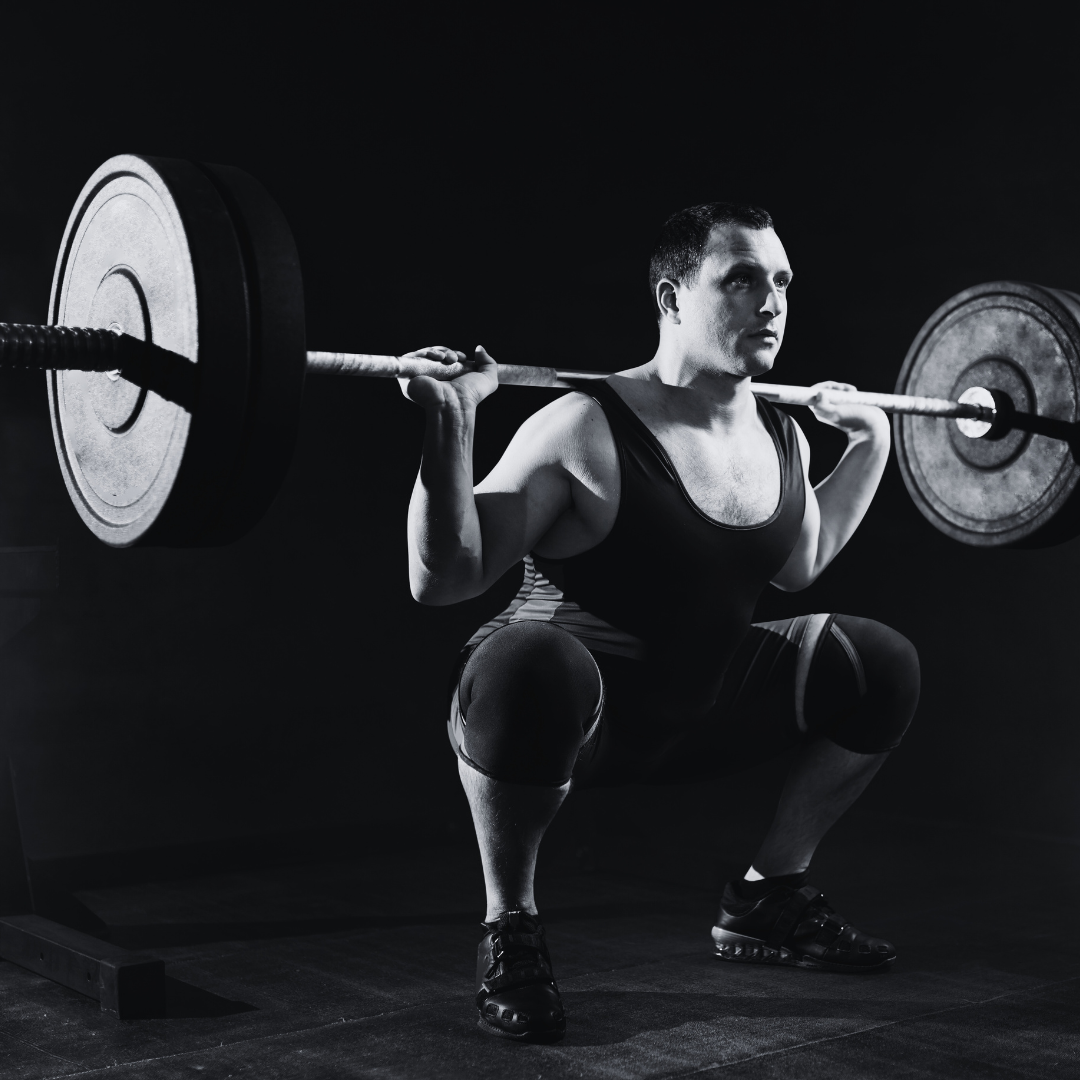When it comes to powerlifting, the adage "you are what you eat" holds a profound truth. Your diet is the foundation of your strength, energy, and recovery. Crafting a powerlifting diet plan is not just about eating more; it's about eating smart. Here's a comprehensive guide to fueling your body for maximum powerlifting performance.
Understanding Your Nutritional Needs
Powerlifting demands a diet rich in calories, protein, carbohydrates, and fats, each playing a crucial role:
- Calories: You need enough calories to support your heavy training loads and promote muscle growth. A calorie surplus is often necessary, especially during bulking phases.
- Protein: Essential for muscle repair and growth. Aim for 1.2 to 2.2 grams of protein per kilogram of body weight.
- Carbohydrates: Your primary energy source. They replenish glycogen stores, crucial for sustained performance. Target 4 to 7 grams per kilogram of body weight.
- Fats: Important for hormone production and overall health. Make sure 20-30% of your daily calories come from fats.
Building Your Powerlifting Diet Plan
1. Calculate Your Caloric Needs
First, determine your Total Daily Energy Expenditure (TDEE). This includes your Basal Metabolic Rate (BMR) and the calories burned during physical activity. Use an online TDEE calculator for accuracy. Once you have your TDEE, add a calorie surplus of 200-500 calories for muscle growth.
2. Macronutrient Breakdown
Based on your caloric needs, distribute your macronutrients:
- Protein: 1.2 to 2.2 grams per kilogram of body weight.
- Carbohydrates: 4 to 7 grams per kilogram of body weight.
- Fats: 0.5 to 1 gram per kilogram of body weight.
For example, a 90 kg lifter might aim for:
- 180 grams of protein (720 calories)
- 450 grams of carbohydrates (1800 calories)
- 90 grams of fat (810 calories)
Total: 3330 calories per day.
3. Meal Timing and Frequency
To maximize performance and recovery, spread your intake across 4-6 meals per day. Focus on:
- Pre-Workout: Carbs and protein to fuel your session.
- Post-Workout: Protein and fast-digesting carbs for recovery.
- Throughout the Day: Balanced meals to maintain energy levels and muscle protein synthesis.
4. Food Choices
Prioritize whole, nutrient-dense foods:
- Proteins: Lean meats, fish, eggs, dairy, and plant-based options like beans and lentils.
- Carbohydrates: Whole grains, fruits, vegetables, and starchy foods like potatoes.
- Fats: Avocados, nuts, seeds, olive oil, and fatty fish.
5. Supplements
While whole foods should be your primary source of nutrients, supplements can help fill gaps:
- Whey Protein: For convenient protein intake, especially post-workout.
- Creatine Monohydrate: Enhances strength and muscle gains.
- BCAAs: May aid in recovery and reduce muscle soreness.
- Multivitamins: To ensure you're meeting micronutrient needs.
Sample Meal Plan
Here’s a sample meal plan for a 90 kg lifter targeting 3330 calories:
Breakfast
- 4 eggs (280 calories, 24g protein)
- 1 cup oatmeal with berries (300 calories, 8g protein)
- 1 banana (105 calories)
Snack
- Greek yogurt with honey (200 calories, 20g protein)
- Almonds (150 calories)
Lunch
- Grilled chicken breast (220 calories, 40g protein)
- Quinoa (220 calories, 8g protein)
- Steamed broccoli (50 calories)
Pre-Workout
- Peanut butter and banana sandwich on whole-grain bread (400 calories, 15g protein)
Post-Workout
- Whey protein shake with a scoop of creatine (250 calories, 25g protein)
- Rice cakes with jam (150 calories)
Dinner
- Salmon fillet (350 calories, 35g protein)
- Sweet potato (180 calories)
- Mixed green salad with olive oil (200 calories)
Evening Snack
- Cottage cheese with pineapple (200 calories, 20g protein)
Total: Approximately 3330 calories
Monitoring and Adjusting
Track your progress and adjust your diet as needed. If you're not gaining strength or muscle, consider increasing your calorie intake. Conversely, if you're gaining too much fat, dial back the calories slightly.
Conclusion
Crafting a powerlifting diet plan requires attention to detail and a focus on nutrient-rich foods. By understanding your nutritional needs, planning your meals carefully, and making adjustments based on your progress, you can fuel your body to achieve peak performance in powerlifting. Remember, consistency is key, so stick with your plan, and watch your strength soar!
Recommended Powerlifting Accessories
Enhancing your powerlifting experience and performance can often come down to the right accessories. Here are some essential items that can help you lift safer and stronger:
Recommended lifting belt
SBD's 13mm lever belt stands out for its quality construction and innovative design. Featuring a patented gliding lever, this belt offers the adjustability of a prong belt combined with the ease and tightness of a lever belt. The sturdy 13mm thickness provides unparalleled support for your lower back during heavy lifts, ensuring optimal stability and reducing the risk of injury.
Recommended Knee Sleeves
Made from high-grade 7mm neoprene, SBD Knee Sleeves are engineered to minimize the risk of knee injuries while maximizing performance. Trusted by strength athletes around the globe, these knee sleeves offer superior support and compression, making them ideal for heavy training sessions. Whether you're squatting, lunging, or performing any other leg exercise, SBD Knee Sleeves provide the stability and warmth your knees need to perform at their best.
Recommended Lifting Straps
SBD Figure 8 Lifting Straps are a game-changer for lifters looking to push their limits without worrying about grip strength. Featuring a patent-pending design with strong aramid fibre, these lifting straps reduce strain on the biceps and forearms while providing a secure grip on the barbell.
Recommended Elbow Sleeves
For optimal elbow support and compression without sacrificing range of motion, look no further than SBD Elbow Sleeves. This design ensures maximal support for the elbow joint while allowing for natural movement during pressing exercises. Made with premium materials, these elbow sleeves provide the protection and comfort you need to train with confidence and intensity.









